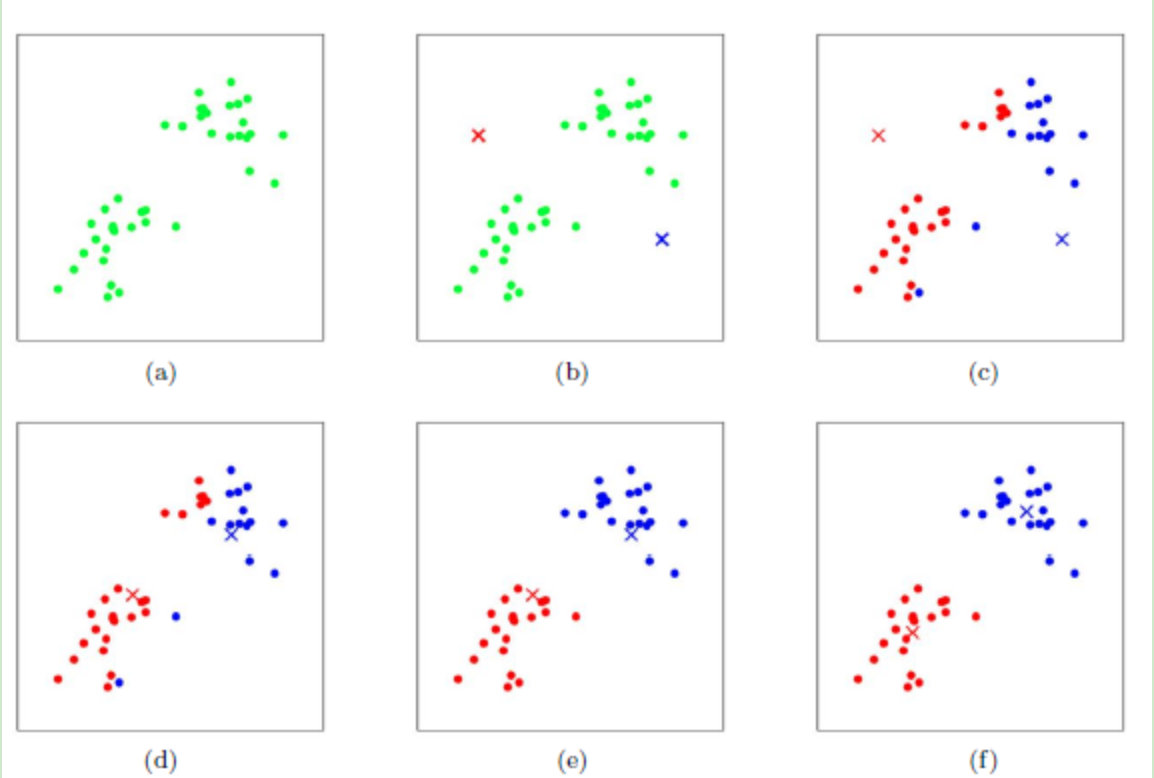Background: Image segmentation has a wide range of applications. It can assist in complex tasks in medicine, industry. Most of the open source use complicated algorithm to make it. I implement the classical machine learning algorithm to achieve it. The project has convient interface
git clone https://github.com/1zeryu/Image-Segmentation.gitThe main code is in SegByKmeans directory.
Before usage, you must make a example directory through
cd SegByKmeans
mkdir exampleThe main parameters are as follows:
usage: Seg.py [-h] [-k K] [--MaxIter MAXITER] [--seed SEED]
[--resultPath RESULTPATH]
ImageName
hyper parameters for kmeans
positional arguments:
ImageName select the image file name, must in the example
directory
optional arguments:
-h, --help show this help message and exit
-k K number of center
--MaxIter MAXITER max iterations of kmeans algorithm
--seed SEED seed for random center
--resultPath RESULTPATH
Specify the path to the generated file, the default is
the current folderAlgorithm:
- Initialize cluster cores
- Calculate the distance of the sample from the center of mass
- Attributing samples to their nearest center and calculating the mean of samples of the same class, update the mean to cluster cores
- Iterate repeatedly until the center of mass is stable or reach the max iterations
Detail:
Calculate distance:
def minDisctance(dataset, centroidList): # 传入数据集和选取的质心列表
clusterDict = dict()
k = len(centroidList)
for item in dataset:
vec1 = item # Vectors in the data
flag = -1 # Logo position
minDis = float("inf") # Initialize to maximum value
for i in range(k):
vec2 = centroidList[i]
distcance = calcudistance(vec1, vec2) # Calculate Euclidean distance
if distance < minDis:
minDis = distance
flag = i
if flag not in clusterDict.keys():
clusterDict.setdefault(flag,[])
clusterDict[flag].append(item)
return clusterDict # different category
def calcudistance(vec1,vec2): # input two vector
return np.sqrt(np.sum(np.square(vec1 - vec2)))Origin:
Target:


